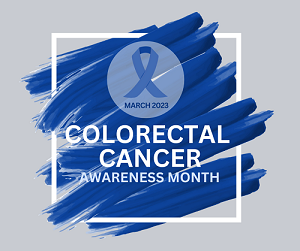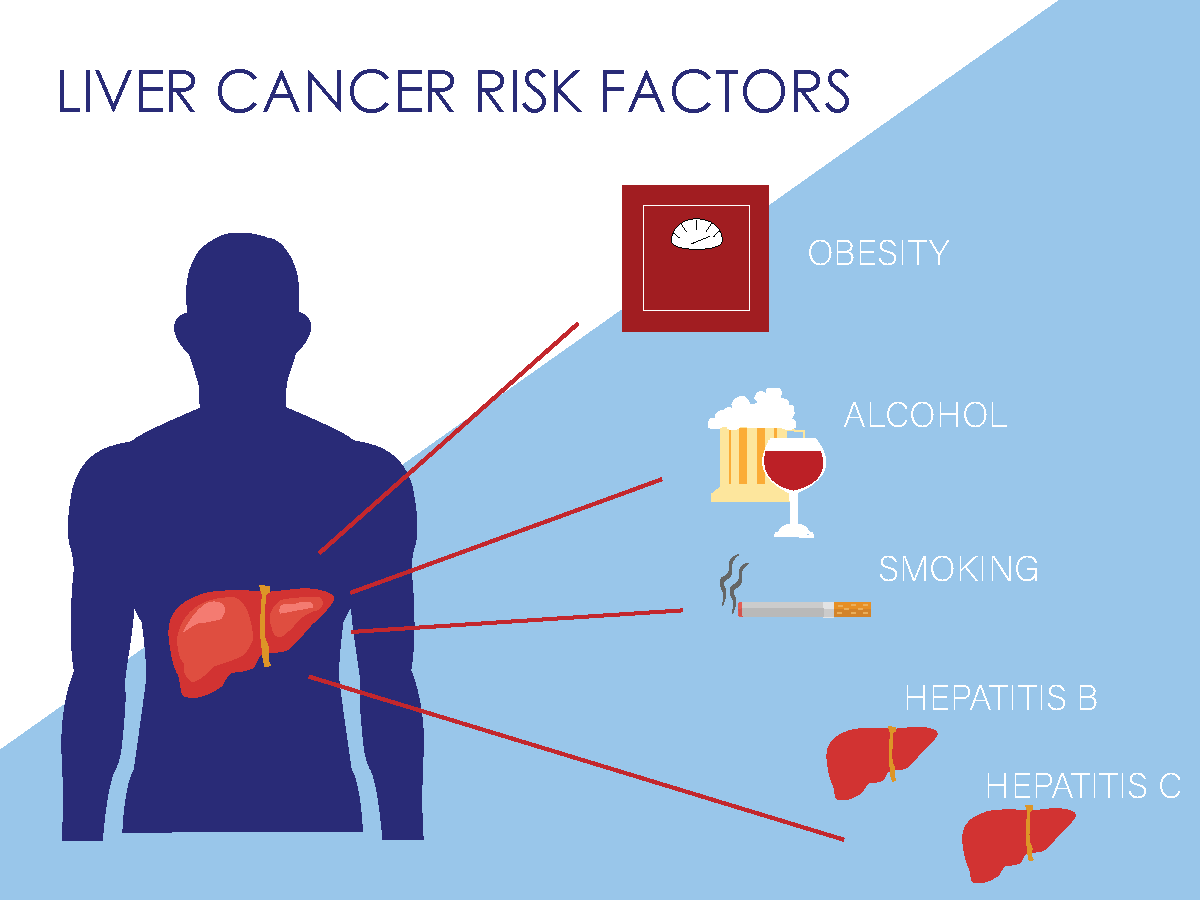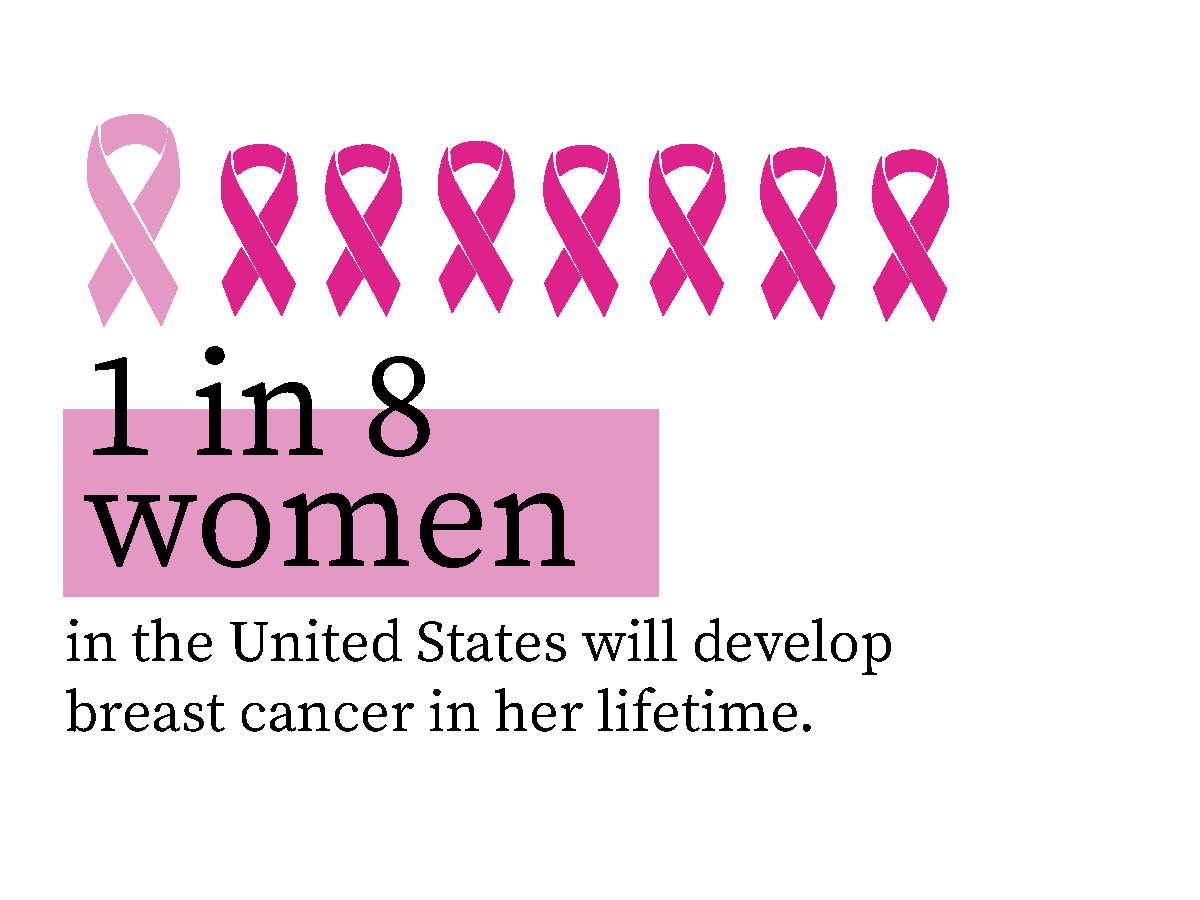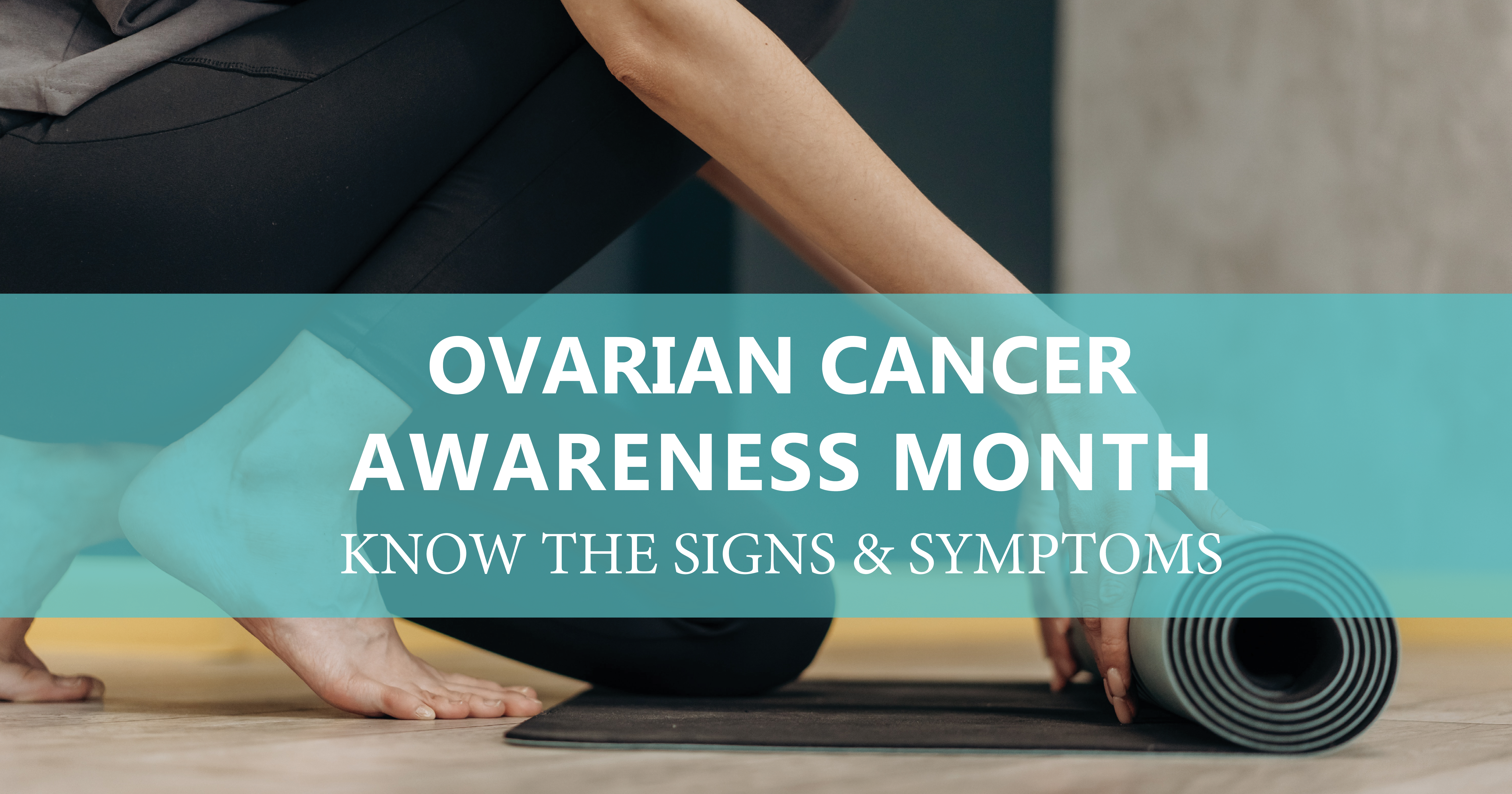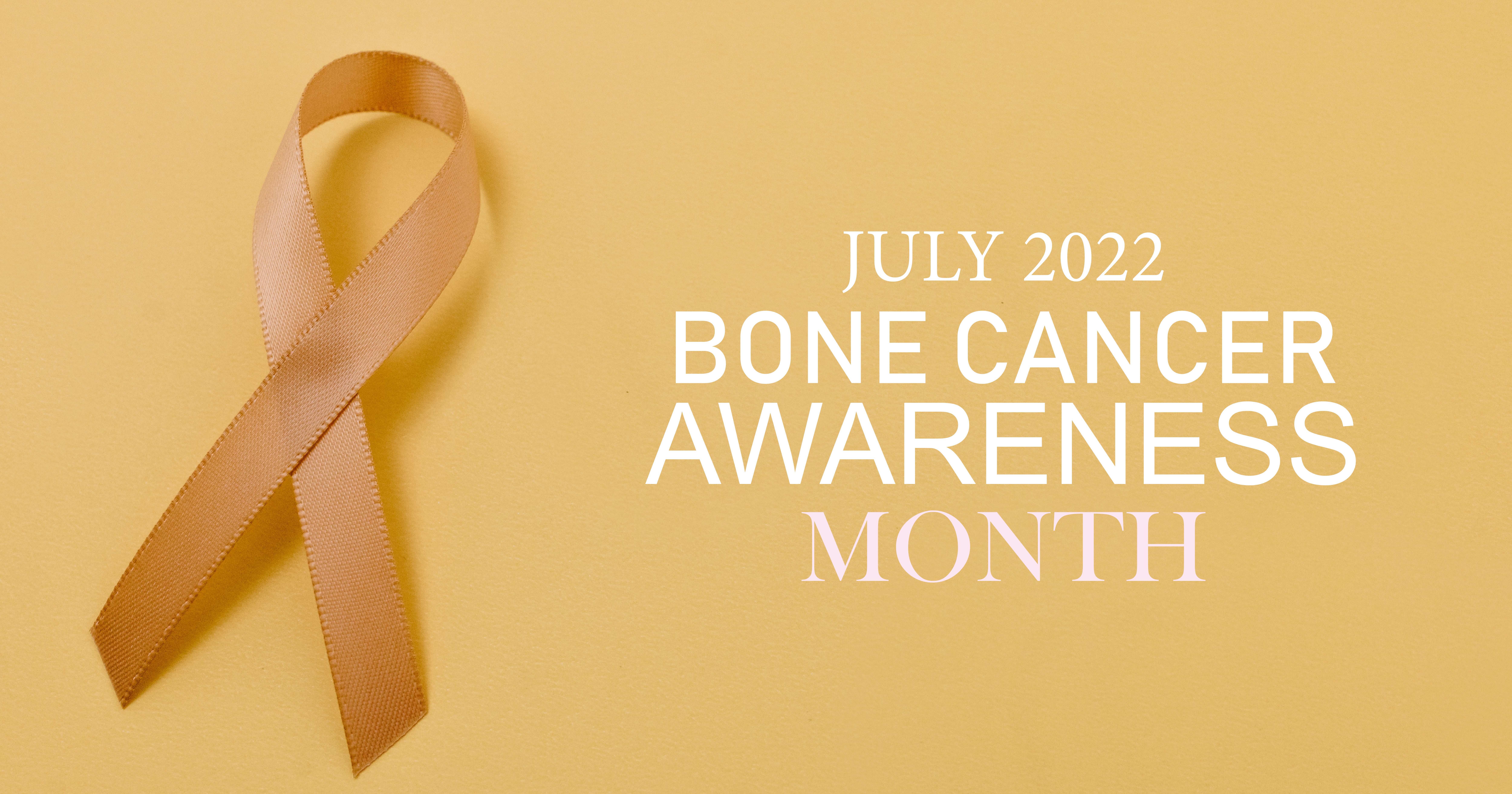Head and neck cancer is a term used to describe a variety of cancers that occur in the head and neck region. This includes the oral cavity, pharynx, larynx, salivary glands, nasal cavity, and sinuses. The most common type of head and neck cancer is squamous cell carcinoma, which accounts for more than 90% of cases. This blog will guide you through the symptoms of head and neck cancer, the diagnostic process and treatment options.
Causes of Head and Neck Cancer:
The exact cause of head and neck cancer is unknown, but there are several risk factors that increase the chances of developing this type of cancer. The most significant risk factors include:
Tobacco and Alcohol Use: Tobacco and alcohol use are the leading causes of head and neck cancer. Smoking and drinking together increase the risk of developing this type of cancer more than either habit alone.
Human Papillomavirus (HPV): HPV is a sexually transmitted virus that can cause certain types of head and neck cancer, including oropharyngeal cancer.
Age: The risk of developing head and neck cancer increases as you get older.
Gender: Men are two to three times more likely to develop head and neck cancer than women.
Poor Nutrition: A diet lacking in fruits and vegetables may increase the risk of head and neck cancer.
Symptoms of Head and Neck Cancer:
The symptoms of head and neck cancer depend on the location of the cancer. Common symptoms include:
- A lump or sore that does not heal
- Persistent pain or discomfort in the mouth, throat, or ear
- Difficulty swallowing or chewing
- Persistent cough or sore throat
- Swelling in the neck
- Ear pain
- Numbness or weakness in the face
Diagnosis of Head and Neck Cancer:
If you have symptoms of head and neck cancer, your doctor will perform a physical exam and may recommend further tests. These may include:
Biopsy:
A small piece of tissue is removed from the affected area and examined under a microscope to check for cancer cells.
Imaging tests:
These may include X-rays, CT scans, MRI scans, or PET scans, which can help to determine the size and location of the cancer.
Treatment of Head and Neck Cancer:
The treatment of head and neck cancer depends on the location and stage of the cancer. Treatment options may include:
Surgery:
The cancerous tissue is removed surgically, along with any affected lymph nodes or other tissue.
Radiation Therapy:
High-energy radiation is used to kill cancer cells.
Chemotherapy:
Drugs are used to kill cancer cells.
Targeted Therapy:
Drugs are used to target specific cancer cells.
Prevention of Head and Neck Cancer:
The best way to prevent head and neck cancer is to avoid the risk factors associated with this type of cancer. This includes:
- Quitting smoking and limiting alcohol consumption
- Eating a healthy diet that includes plenty of fruits and vegetables
- Protecting yourself from HPV by practicing safe sex and getting vaccinated
In conclusion, head and neck cancer is a serious condition that requires prompt diagnosis and treatment. If you have symptoms of head and neck cancer, it is important to see your doctor right away. By taking steps to reduce your risk of developing this type of cancer, you can help to protect your health and well-being.
EXPERT CARE
Our caring team of experts are here to provide you with a custom-tailored treatment plan that is unique to your diagnosis, tumor size, location and involvement. Click on the button below to learn more.

